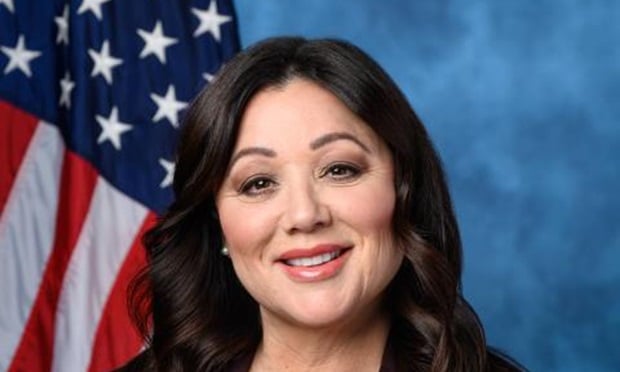The federal agency in charge of HealthCare.gov is quietly preparing for the 2018 open enrollment period — and responding to complaints that agents and brokers may have pushed some consumers into 2017 health coverage without their permission.
The Center for Consumer Information and Insurance Oversight (CCIIO) talked about its procedures for handling sham enrollment reports in a collection of slidedecks posted on a private technical assistance website earlier this week.
Officials do not say how common the sham enrollment problem is, or whether they have any indications of sham enrollments coming in through distribution channels other than agents and brokers.
Here are some points of possible interest to agents and brokers:
-
The CCIIO team in charge of investigating the sham enrollment complaints is the Center for Program Integrity.
-
Ellen Witman is one of the health insurance specialists on team.
-
CCIIO wants any health coverage issuers asking for coverage "rescissions," or moves to annul coverage, as if the coverage had never existed in the first place, to give it the names and National Producer Numbers of any producers involved with coverage sales.
-
CCIIO does not appear to be asking for the names of any Navigators or other nonprofit exchange plan enrollment helpers involved with coverage problem enrollment allegations.
-
Even though a coverage rescission and a cancellation of a sham enrollment may look similar, the regulations that govern those transactions are different. Only the coverage issuer can ask for a rescission. The unwilling enrollee is the party who asks for the cancellation of the coverage resulting from a sham enrollment.
CCIIO has developed a five-part test for deciding whether a consumer might have a valid complaint about a sham enrollment. One of the criteria is that the consumer cannot have filed any claims against the coverage. Another is that the consumer cannot have had any direct communication with the coverage issuer until the consumer began the process of reporting the existence of the unwanted coverage.
What's CCIIO?
Drafters of the Patient Protection and Affordable Care Act of 2010 and the Health Care and Education Reconciliation Act of 2010, the bills that created the Affordable Care Act, put in the ACA public health insurance exchange provisions in an effort to create a web-based supermarket for health insurance. The goal was to help consumers shop for health coverage from private issuers as easily as they shop for airline tickets.
The ACA drafters thought each state would set up and run its own exchange.
The U.S. Department of Health and Human Services created HealthCare.gov to provide ACA public exchange account setup, plan enrollment and account administration services for states that were unable or unwilling to provide all of the services themselves.
The Centers for Medicare and Medicaid Services is the arm of HHS that oversees HealthCare.gov.
CCIIO is the Centers for Medicare and Medicaid Services division that runs HealthCare.gov and develops and enforces HealthCare.gov rules. In official documents, it usually refers to HealthCare.gov as "the Marketplace."
How sham enrollments can exist
HealthCare.gov offers Affordable Care Act subsidies that can reduce an enrollee's out-of-pocket costs to zero, or near zero.
CCIIO officials say some of the sham enrollments seem to involve situations in which producers used real, or fake, information about a consumer's finances to get the consumer very high subsidy levels, to reduce the consumer's share of the monthly premiums to zero.
In other cases, officials say, the unwilling enrollees may have owed low monthly premium payments, and those payments were never made. The issuers canceled the coverage in those sham enrollment cases after the unwilling enrollees failed to make any of their coverage payments.
In a typical sham enrollment case, officials say, the unwilling enrollee learns about the coverage when the Internal Revenue Service notices the gap between the consumer's actual income and the income estimate given on the health insurance premium tax credit application.
Complete your profile to continue reading and get FREE access to BenefitsPRO, part of your ALM digital membership.
Your access to unlimited BenefitsPRO content isn’t changing.
Once you are an ALM digital member, you’ll receive:
- Breaking benefits news and analysis, on-site and via our newsletters and custom alerts
- Educational webcasts, white papers, and ebooks from industry thought leaders
- Critical converage of the property casualty insurance and financial advisory markets on our other ALM sites, PropertyCasualty360 and ThinkAdvisor
Already have an account? Sign In Now
© 2025 ALM Global, LLC, All Rights Reserved. Request academic re-use from www.copyright.com. All other uses, submit a request to [email protected]. For more information visit Asset & Logo Licensing.








